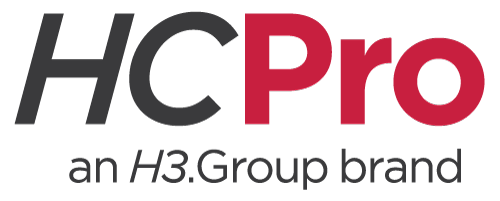 |
Tragic events such as the death of twelve residents in a Florida nursing home due to power loss following a hurricane join others that highlight a gap in many long-term care (LTC) facilities’ emergency preparedness (EP) programs: that of preparing for recovery after a disaster or emergency has occurred. The EP requirement was set out by CMS at the end of 2016, with surveys beginning this past November.
The recovery process should start in the planning phase, when the facility is identifying resources they might need for recovery based on the hazard(s), and developing relationships with the strategic partners that will provide those resources. Recovery as an action item, however, begins after the dynamic incident has been mitigated, says Steven S. Wilder, BA, CHSP, STS, member and COO of Sorensen, Wilder & Associates, a Division of CITCA, LLC, a safety and security consulting group in Bradley, Illinois.
For each identified hazard, you have to incorporate the concept of recovery. Recovery is the forgotten aspect of emergency preparedness; we know how to respond and mitigate, but we don’t know how to recover, says Wilder.
Drills for recovery: Testing your resources - Restoration/recovery partners. Specify that you’re doing a drill and would like to know how long it would take in a true emergency to have a team on-site to start the restoration process.
- Crisis counseling partners. Explain that you’re conducting an active shooter drill and that this is not a real event, but that you would like to know how long it would take for a crisis counselor to arrive on-site.
- Food/supply partners. Explain that you’re doing an exercise to simulate utility failure and would like to know how long it will take to get a dry food supply to your location.
Want to read more about what your facility can be doing to ensure recovery is incorporated into your EP plan? Subscribe to PPS Alert for Long-Term Care and read the full article. This monthly digital newsletter provides practical tips, how-to-guidance, vital tools, and top industry news that tackle tough topics such as the MDS 3.0, QAPI, therapy assessment and documentation, and infection control to help your facility remain compliant and quality-focused. |
| |
| |


